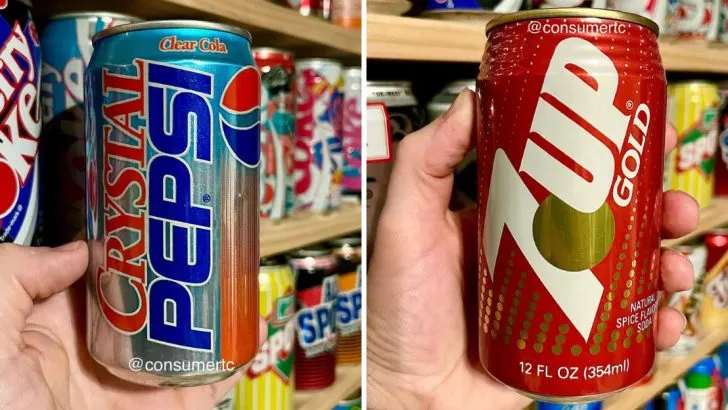Some drinks define an era, becoming staples of pop culture and cherished memories. From unique flavors to iconic branding, these beverages captured the hearts (and taste buds) of millions.
But even the most beloved drinks can disappear from store shelves, leaving behind a mix of nostalgia and curiosity about what happened.
In this list, we’ll take a look back at 14 famous beverages that were once everywhere but have since vanished. Whether you miss the taste or are just learning about these cult classics, this journey through beverage history is sure to spark a craving for the past.
Crystal Pepsi
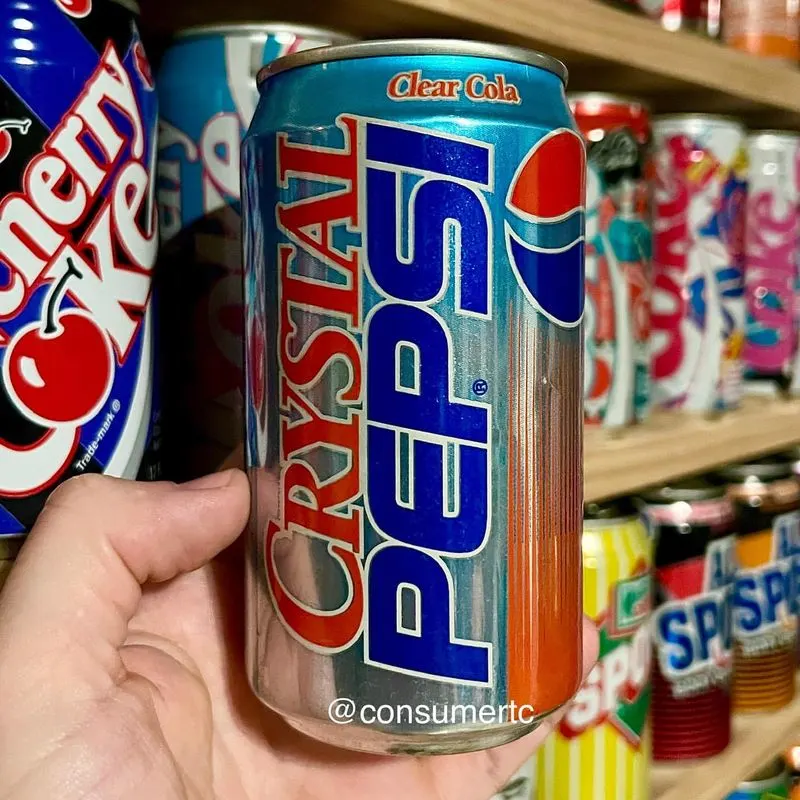
With its crystal-clear appearance, Crystal Pepsi hit the shelves in the early 1990s, aiming to redefine cola. It promised a pure, no-caffeine alternative to traditional dark colas. The novelty of a clear soda attracted attention; however, the hype quickly fizzled. Consumers found the taste too similar to regular Pepsi, and it struggled to establish a distinct identity.
Marketing efforts failed to sustain interest, and it was discontinued within a few years. Despite its short shelf life, Crystal Pepsi remains a nostalgic favorite for those who remember its brief, bright stint in the beverage world.
Surge
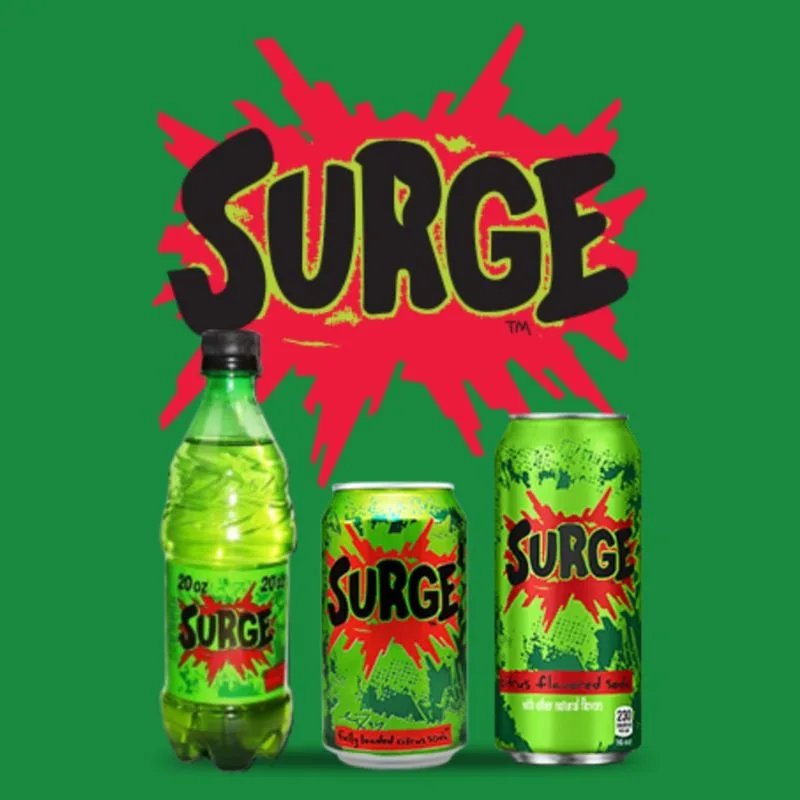
Surge burst onto the scene in the late 1990s as a high-energy soda targeting young, adventurous consumers. Its bright green hue and intense citrus flavor set it apart in a sea of colas and lemon-lime sodas. Marketed as an alternative to Mountain Dew, it quickly gained a devoted following.
Unfortunately, changing health trends and concerns over sugar content contributed to its decline. After a few years, it vanished from the market. Although discontinued, Surge’s legacy endured, eventually leading to a limited re-release, demonstrating the powerful nostalgia it holds for its original fans.
Tab
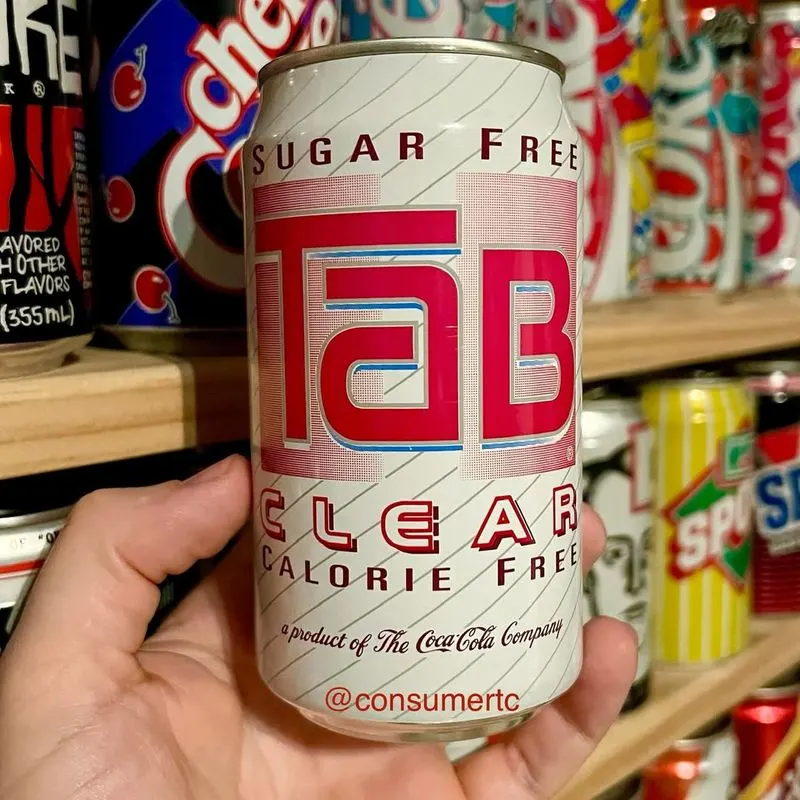
Introduced in the 1960s as Coca-Cola’s first diet soda, Tab captured the attention of calorie-conscious consumers. Its unique name and distinct pink can made it iconic. The beverage gained a loyal fanbase, especially among those seeking an alternative to sugary drinks.
However, the rise of Diet Coke in the 1980s overshadowed Tab, leading to a decline in its popularity. Despite efforts to rebrand and revive it, Tab couldn’t reclaim its former glory and was eventually discontinued. Its legacy remains as a pioneer in the diet soda market, remembered fondly by its dedicated followers.
Jolt Cola
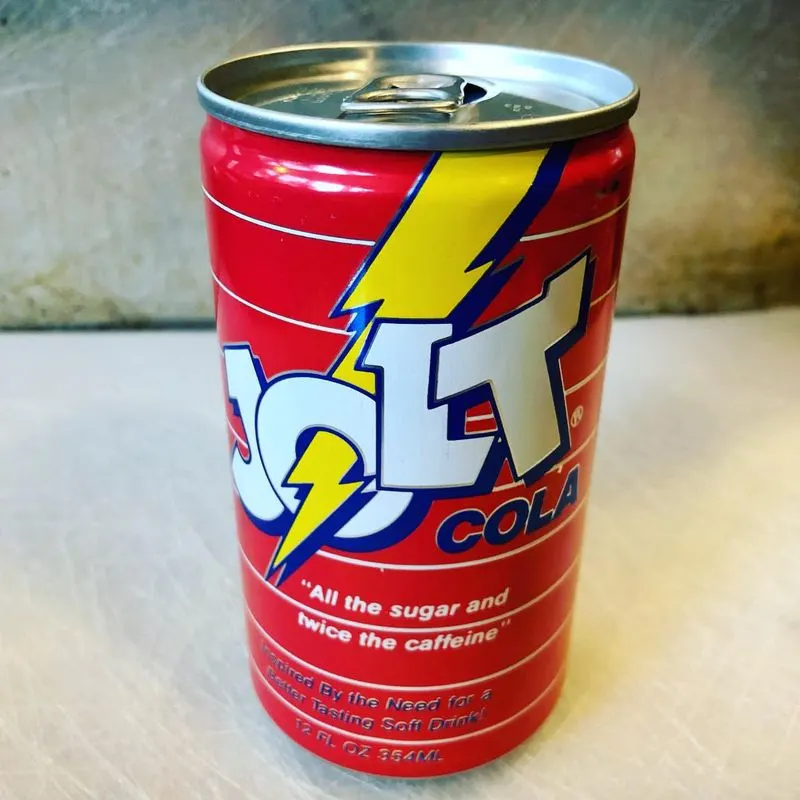
Marketed as “All the sugar and twice the caffeine!”, Jolt Cola became a symbol of the 1980s caffeine craze. It targeted college students and tech workers needing an energy boost. Its tagline and high caffeine content made it stand out in the crowded soft drink market.
However, health concerns and changing consumer preferences began to overshadow its appeal.
As energy drinks rose in popularity, Jolt Cola’s sales dwindled. Attempts to reinvent the brand were unsuccessful, leading to its eventual disappearance. Nevertheless, it remains a cultural icon of its era, fondly recalled by those who embraced its bold approach.
Orbitz
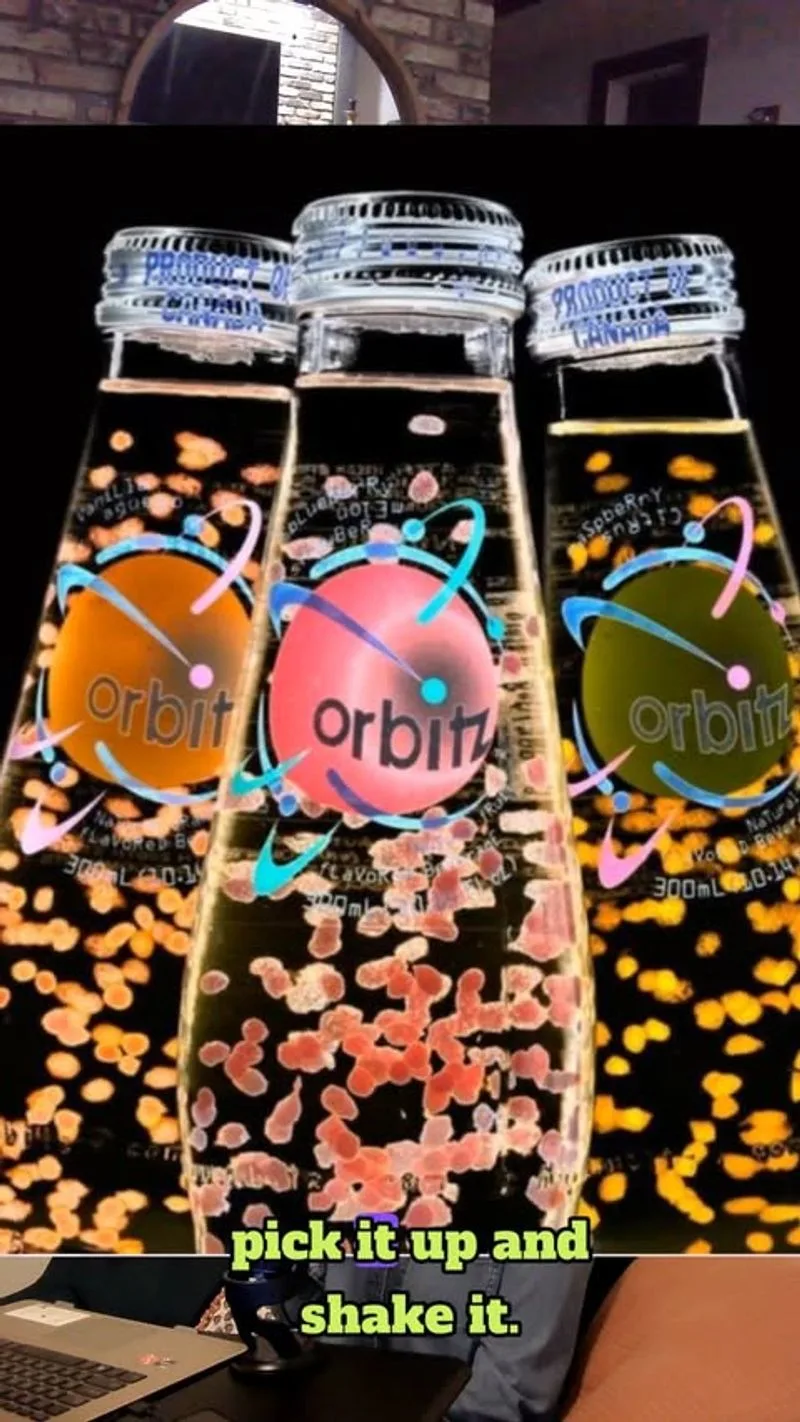
Launched in the mid-1990s, Orbitz was more than just a drink; it was an experience. Featuring colorful, floating edible balls suspended in a clear liquid, it intrigued consumers with its innovative design. The drink’s alien-like aesthetic appealed to adventurous spirits. However, the novelty wore off quickly as consumers found the texture off-putting.
The unique concept couldn’t compensate for the lack of appealing flavor, leading to its swift exit from the market. Despite its short-lived presence, Orbitz remains a memorable example of creative beverage innovation that dared to defy conventional norms.
Snapple Elements
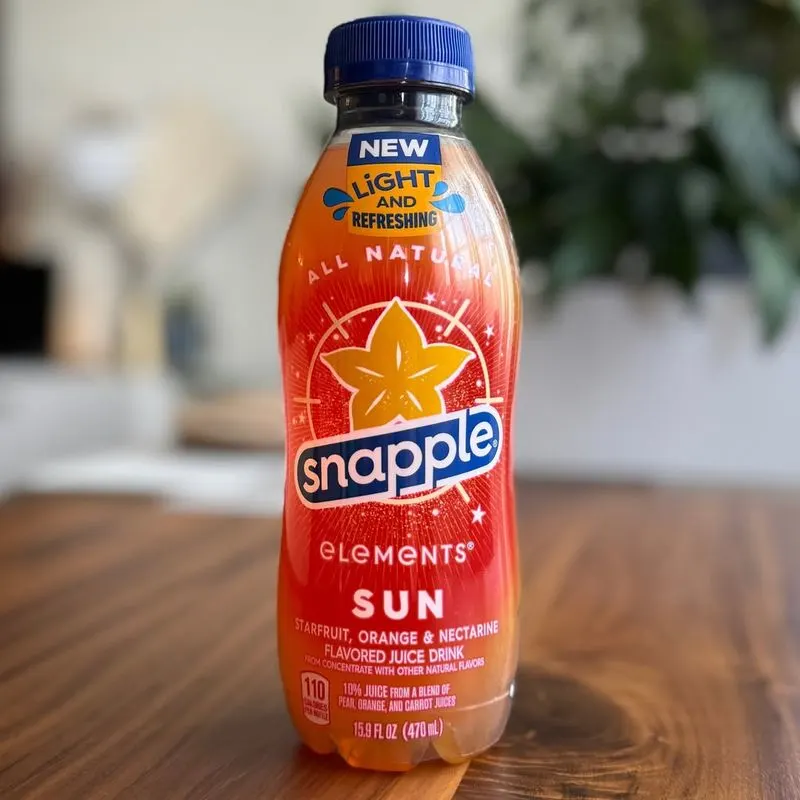
Snapple Elements arrived in the late 1990s, inspired by natural elements like Earth, Fire, and Rain. The concept resonated with consumers seeking unique flavors and a connection to nature. Stylishly designed bottles and creative marketing captured attention, making them a popular choice. However, the trend towards simpler, more health-conscious drinks led to declining sales.
Despite initial success, Snapple Elements couldn’t maintain its momentum and eventually disappeared. Its intriguing blend of nature-inspired branding and diverse flavors left a lasting impression, fondly remembered by fans who appreciated its innovative approach to beverage creation.
OK Soda
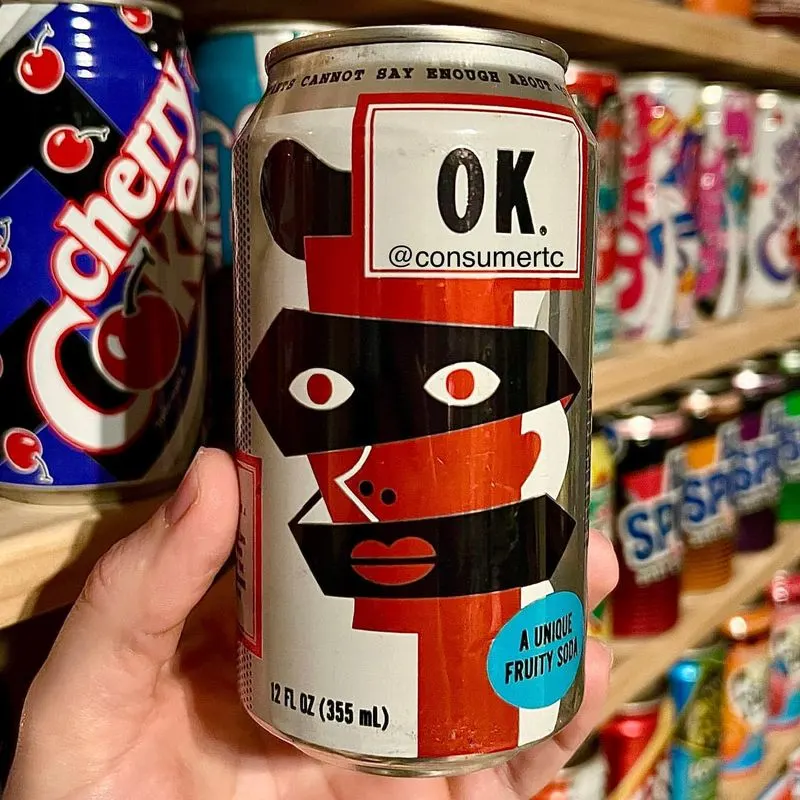
Introduced by Coca-Cola in the 1990s, OK Soda was a bold experiment in marketing. Its quirky, minimalistic design and unconventional advertising targeted Generation X, aiming to resonate with their desire for authenticity. The soda’s taste was described as unique, not quite cola, not quite anything else. Despite its creative approach, OK Soda struggled to find a broad audience.
The introspective and deliberately vague marketing campaign didn’t translate into strong sales, leading to its discontinuation. Although short-lived, OK Soda’s avant-garde branding continues to be studied as a unique case in marketing history.
Vault
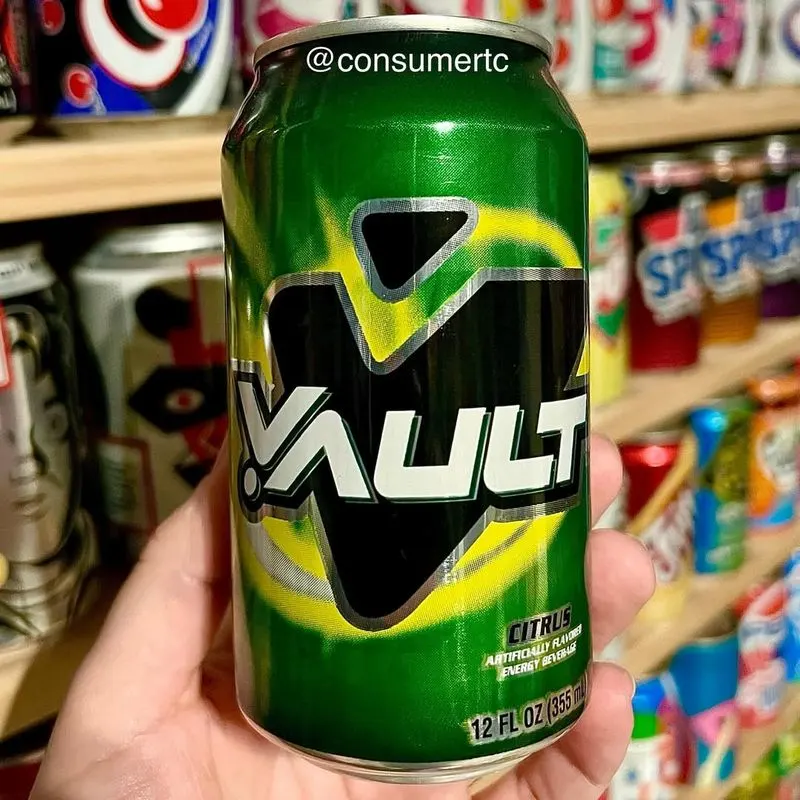
Vault emerged in the mid-2000s, blending the line between soda and energy drink. With its bright packaging and promises of “drinks like a soda, kicks like an energy drink,” it appealed to active individuals. The beverage offered an extra jolt of caffeine, setting it apart from traditional colas. However, the growing trend of specialized energy drinks and health concerns regarding sugary drinks led to its decline.
Despite a devoted fanbase, Vault couldn’t compete with the expanding energy drink market and was eventually discontinued. Its unique hybrid concept remains a notable attempt to capture diverse consumer interests.
Citra
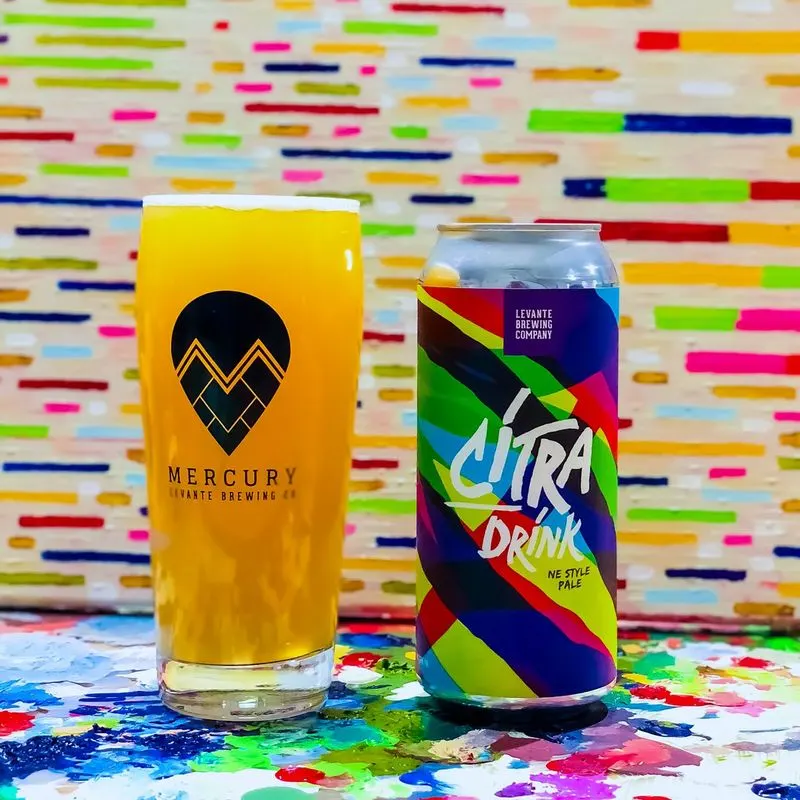
Citra was a refreshing citrus soda introduced in the 1990s, offering a zesty alternative to traditional lemon-lime drinks. Its vibrant, tangy flavor appealed to those seeking something different. However, the crowded citrus soda market made it challenging to stand out.
Despite a loyal following, Citra struggled to achieve significant market share. As competition intensified and new beverages emerged, Citra gradually faded from view. While it may no longer be available, its crisp and refreshing taste is still remembered by those who once enjoyed its unique citrusy twist on a classic soda flavor.
Pepsi Blue
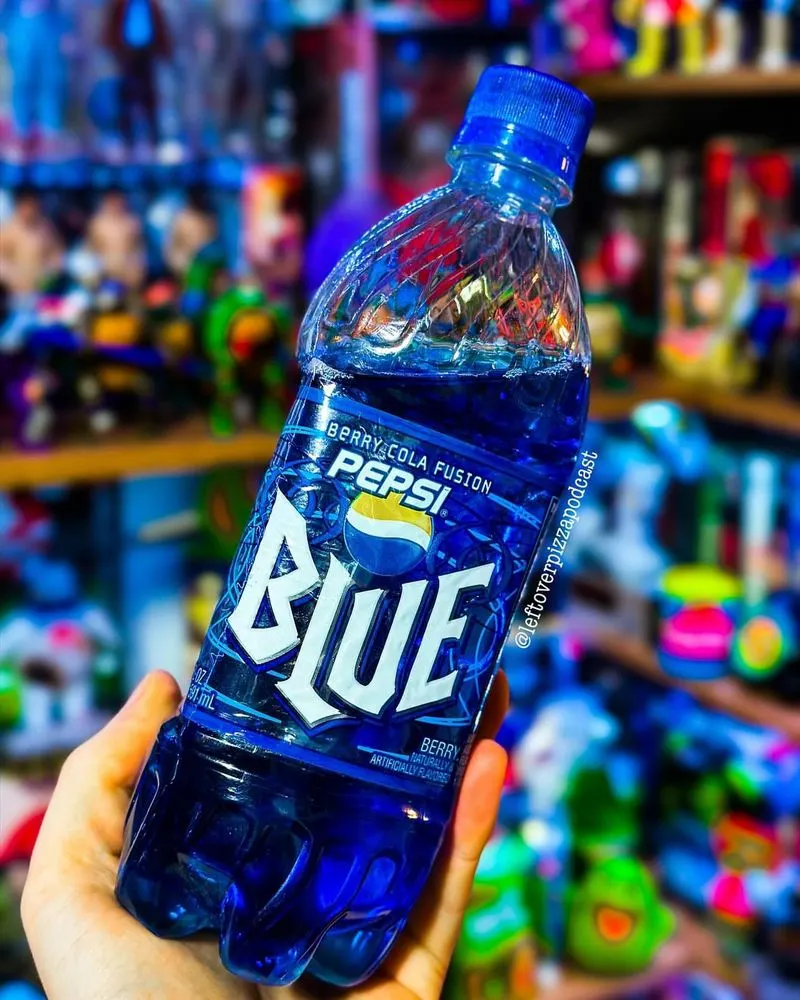
Pepsi Blue, launched in the early 2000s, caught attention with its striking blue color and berry flavor. It aimed to capture the youthful market with its bold appearance and unique taste. The novelty intrigued many, but the flavor proved divisive.
Critics felt its sweetness was overwhelming, and it struggled to maintain consumer interest. Despite heavy marketing, it failed to establish a lasting presence in the cola world and was shelved after a brief run. Pepsi Blue’s audacious attempt to innovate left an indelible mark, often recalled for its daring departure from traditional cola norms.
7Up Gold
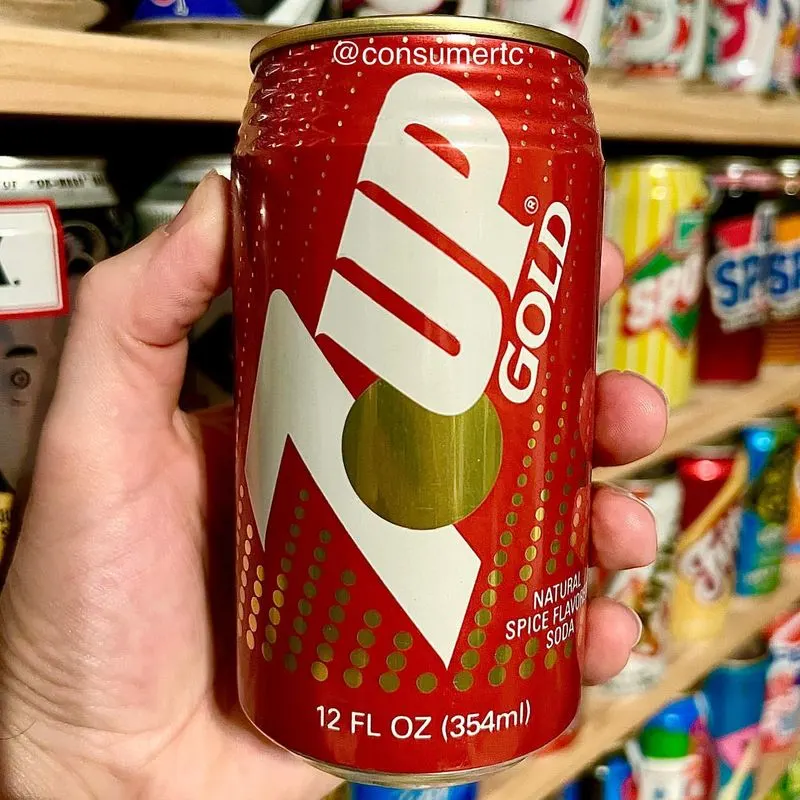
7Up Gold appeared in the late 1980s, a bold attempt to expand the brand’s offerings with a spiced flavor profile. Unlike traditional clear lemon-lime sodas, it featured a rich, golden hue and a taste reminiscent of ginger ale.
The unexpected flavor left many consumers puzzled, and it failed to resonate with the brand’s existing fanbase. Despite initial curiosity, sales lagged, and it was discontinued shortly after its launch. 7Up Gold’s brief presence in the market serves as a reminder of the challenges brands face when venturing beyond their established identities.
Coca-Cola Blāk
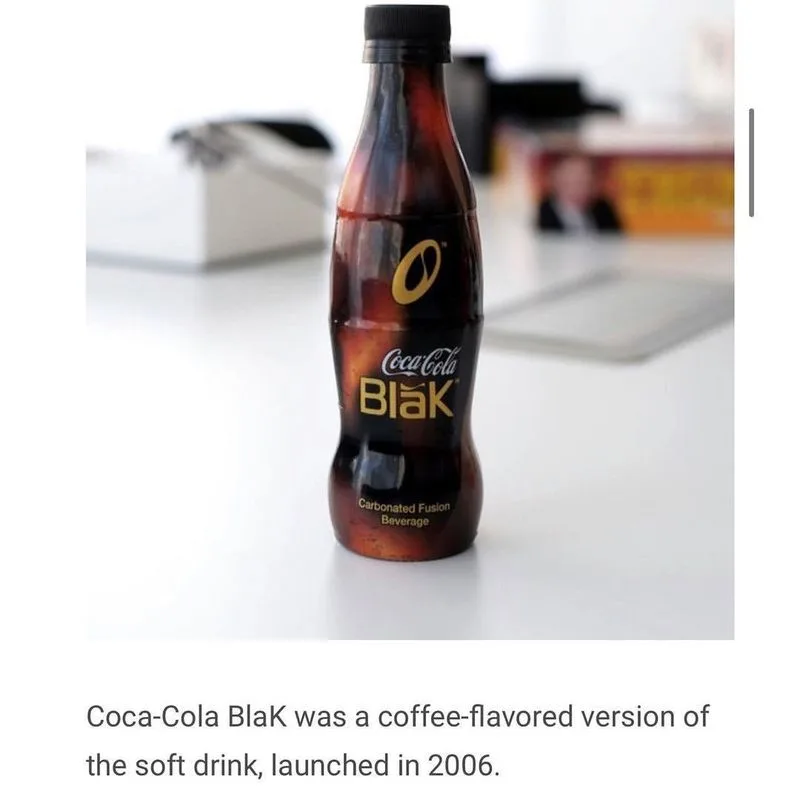
Coca-Cola Blāk, introduced in the early 2000s, sought to blend the worlds of coffee and cola. Its sleek design and sophisticated taste were intended to appeal to adults seeking a unique beverage experience. The coffee-flavored cola intrigued some, but many found the combination unappealing. It struggled to find traction in a market dominated by traditional sodas and specialty coffees.
Despite its innovative concept, Blāk was unable to secure a stable consumer base and was eventually discontinued. Its ambitious attempt at fusion remains a curious chapter in the annals of beverage experiments.
Fruitopia
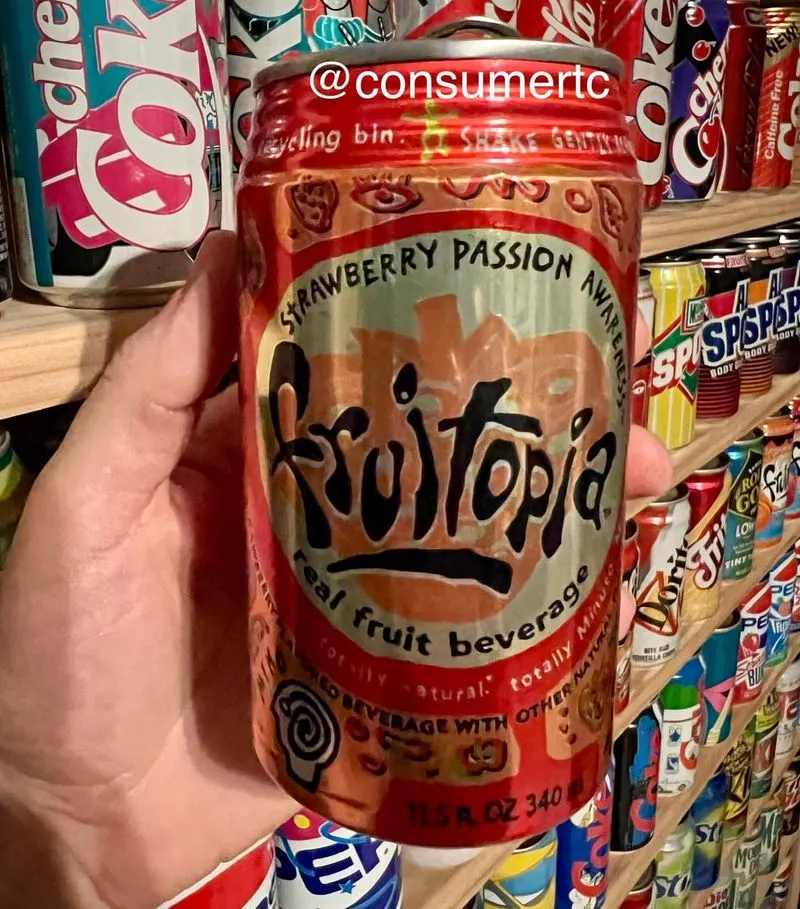
Launched in the 1990s, Fruitopia was a vibrant fruit-flavored drink that promised a taste of paradise. Its bold, psychedelic labels and diverse flavors appealed to a youthful audience eager for something fresh and exciting.
However, the rapidly changing beverage landscape and the rise of more health-conscious options led to Fruitopia’s decline. Despite its initial popularity, it couldn’t maintain its place in the market and was eventually phased out. Fruitopia’s colorful branding and unique flavors left a lasting impression, cherished by those who experienced its brief but memorable presence in their beverage choices.
Sprite Remix
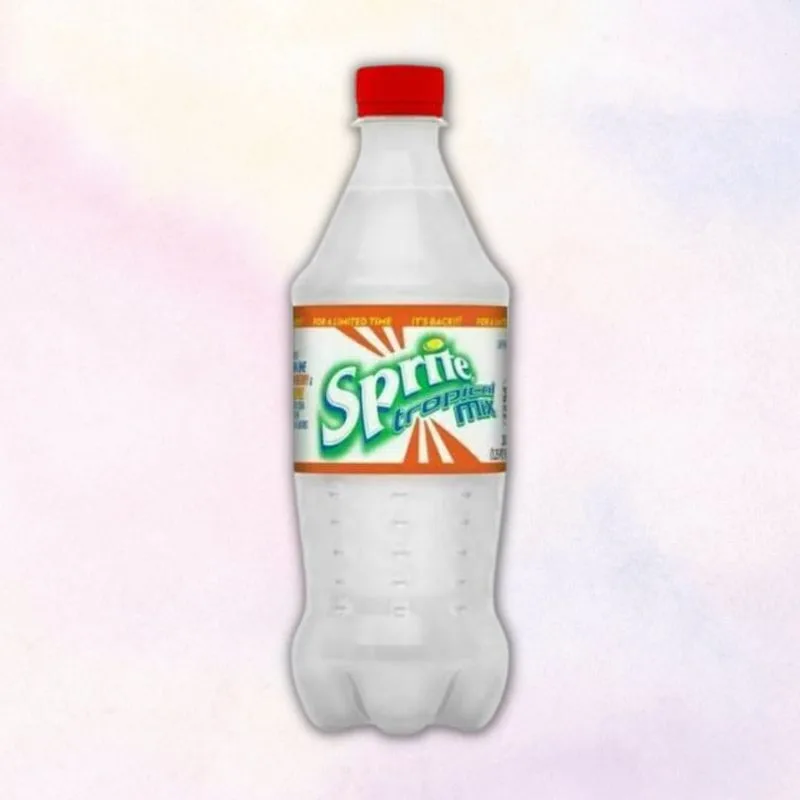
Sprite Remix arrived in the early 2000s, offering a tropical twist on the classic lemon-lime soda. Its refreshing flavors, including Aruba Jam and Tropical, captured the essence of summer in a bottle. The vibrant branding and exotic taste appealed to those seeking a departure from the ordinary.
However, the novelty wore off as consumer preferences shifted towards more traditional sodas. Despite initial enthusiasm, sales dwindled, and it was eventually discontinued. Sprite Remix’s bold and refreshing approach remains a fond memory for fans who appreciated its spirited attempt to infuse a tropical flair into the soda aisle.

